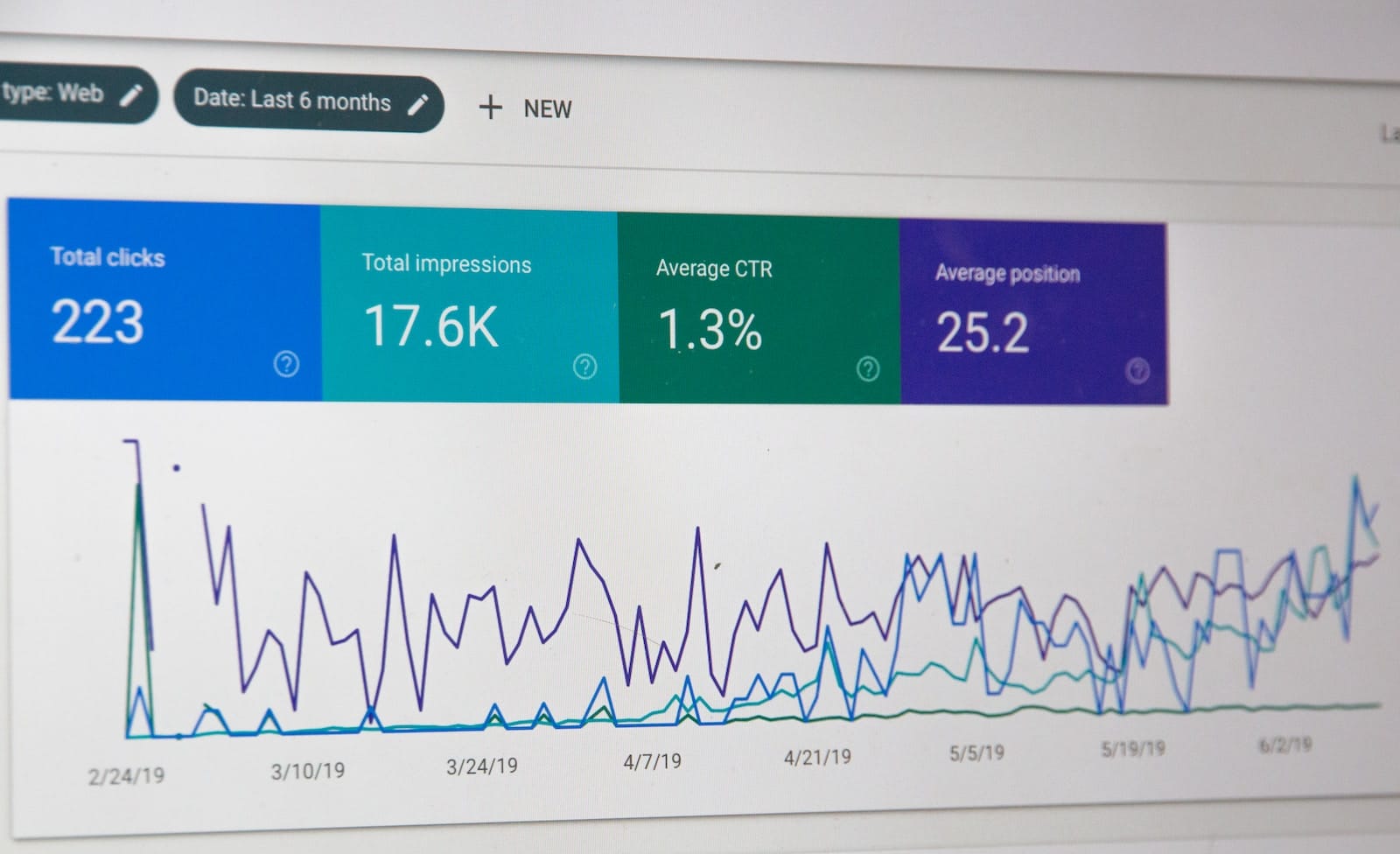
La Importancia del Diseño Web SEO-Friendly
En un entorno digital saturado de competencia, tener un sitio web visualmente atractivo ya no es suficiente. El diseño web amigable con el SEO es clave para destacar en los motores de búsqueda, aumentar la visibilidad y atraer tráfico orgánico de calidad.
Optimizar tu sitio web con palabras clave relevantes, etiquetas meta, títulos adecuados y URLs limpias mejora tu posición en los resultados de búsqueda. Pero eso no es todo: un diseño optimizado también mejora la experiencia del usuario con navegación intuitiva, velocidad de carga rápida y diseño responsive. Estos factores reducen la tasa de rebote y aumentan las conversiones.
Más allá de lo técnico, el diseño visual también juega un rol crucial: una estructura clara, imágenes atractivas y contenido bien distribuido crean una presencia online que impresiona y motiva a los usuarios a seguir navegando.
Creando una Experiencia de Usuario Atractiva
El diseño no solo debe verse bien, también debe funcionar bien para el usuario. Una navegación intuitiva permite que los visitantes exploren el sitio sin frustraciones.
El uso estratégico de llamados a la acción (CTAs) guía a los usuarios desde el interés inicial hasta acciones concretas como comprar o suscribirse. Optimizar la velocidad de carga también es esencial: incluso un retraso de un segundo puede afectar negativamente la satisfacción del usuario. Al utilizar buenas prácticas de codificación, imágenes optimizadas y almacenamiento en caché, puedes ofrecer una experiencia fluida y agradable.
💡 Consejo: Imagina tu sitio web como una tienda física. Un espacio ordenado, acogedor y fácil de recorrer genera más visitas y ventas. Tu diseño debe reflejar eso.
Adoptando un Diseño Web Responsive para Mejor Accesibilidad
Con el uso masivo de smartphones y tablets, el diseño web responsive es imprescindible. Asegura que tu sitio se vea y funcione bien en cualquier dispositivo, desde una computadora de escritorio hasta un teléfono móvil.
Un diseño adaptativo mejora tanto la accesibilidad como el posicionamiento SEO, ya que Google prioriza sitios móviles en sus resultados. Con la indexación móvil primero, ofrecer una experiencia coherente en todos los dispositivos es esencial para generar confianza y autoridad.
💡 Consejo: Piensa en tu sitio como un camaleón digital que se adapta al entorno de cada usuario. Esto no solo mejora la experiencia, sino que también eleva tu posicionamiento.
Optimizando tu Sitio Web para Motores de Búsqueda

El SEO técnico y de contenido es vital. Comienza con una buena investigación de palabras clave, e intégralas estratégicamente en títulos, descripciones, encabezados y textos.
Una estructura clara con etiquetas H1-H6 bien organizadas y una jerarquía lógica facilita tanto la navegación del usuario como el rastreo de los motores de búsqueda. Además, mejorar la velocidad de carga —comprimir imágenes, minimizar archivos CSS/JS, habilitar caché— es clave para un sitio eficiente.
💡 Consejo: El SEO es como un jardín: cultiva las palabras clave y estructura tu contenido para que crezca fuerte, visible y accesible.
Diseño Móvil: Prioridad para la Nueva Era Digital
La navegación móvil no es una opción, es una necesidad. Un sitio amigable para móviles mejora la interacción, reduce la tasa de rebote y eleva tu posicionamiento.
Opta por una navegación simplificada, botones grandes y textos legibles. Un diseño limpio con estructura intuitiva genera confianza y mantiene a los usuarios navegando sin frustraciones.
💡 Consejo: El diseño mobile-first no solo responde a una tendencia; responde a cómo vive y navega tu audiencia hoy.
El Poder del Diseño Profesional de Sitios Web
Colaborar con diseñadores profesionales te permite plasmar la esencia de tu marca en un sitio atractivo y funcional. Estos expertos no solo cuidan la estética, sino también la usabilidad, el SEO y el rendimiento.
Desde la elección de paletas de colores hasta la implementación de tecnologías modernas y diseño responsive, los profesionales crean una experiencia que conecta emocional y funcionalmente con tu audiencia.
El Secreto de una Agencia de Diseño Creativa
Una agencia de diseño web creativa va más allá de lo visual. Escuchan tu visión, entienden tus objetivos y convierten ideas abstractas en plataformas digitales impresionantes. Además, integran estrategias SEO desde la etapa de diseño para maximizar el alcance.
Estas agencias también dominan principios de experiencia del usuario (UX), creando estructuras intuitivas que facilitan la navegación y aumentan la retención.
Soluciones de Diseño Web Asequibles para Pequeñas Empresas
El presupuesto no debe ser un obstáculo. Hoy existen soluciones económicas y de calidad:
- Plantillas profesionales: Visualmente atractivas, fáciles de personalizar.
- Diseñadores freelancers o microagencias: Con tarifas accesibles y experiencia en pymes.
La clave está en elegir opciones que equilibren estética, funcionalidad y optimización.
Desarrollo Web: De la Idea a la Realidad
El desarrollo web transforma conceptos en sitios funcionales mediante tecnologías como HTML, CSS y JavaScript. Este proceso no es solo técnico, también es creativo: involucra pensar en cómo los usuarios interactúan con el contenido, en cómo guiar su experiencia y mantener su atención.
Cada línea de código es una pincelada que da vida a tu visión.
Conclusión: Diseña con Propósito, Optimiza con Estrategia

Implementar un diseño web SEO-friendly no es solo una buena práctica: es un imperativo para destacar en el competitivo mundo digital.
Audita tu sitio actual, identifica oportunidades, y si es necesario, trabaja con profesionales que comprendan tanto el diseño como el SEO. Mantente al tanto de las tendencias, mide resultados con herramientas analíticas y mejora continuamente.
El esfuerzo valdrá la pena: más visibilidad, más clientes, más crecimiento.
¿Listo para llevar tu presencia online al siguiente nivel?
Diseña con confianza. Optimiza con intención. Crece con estrategia.
